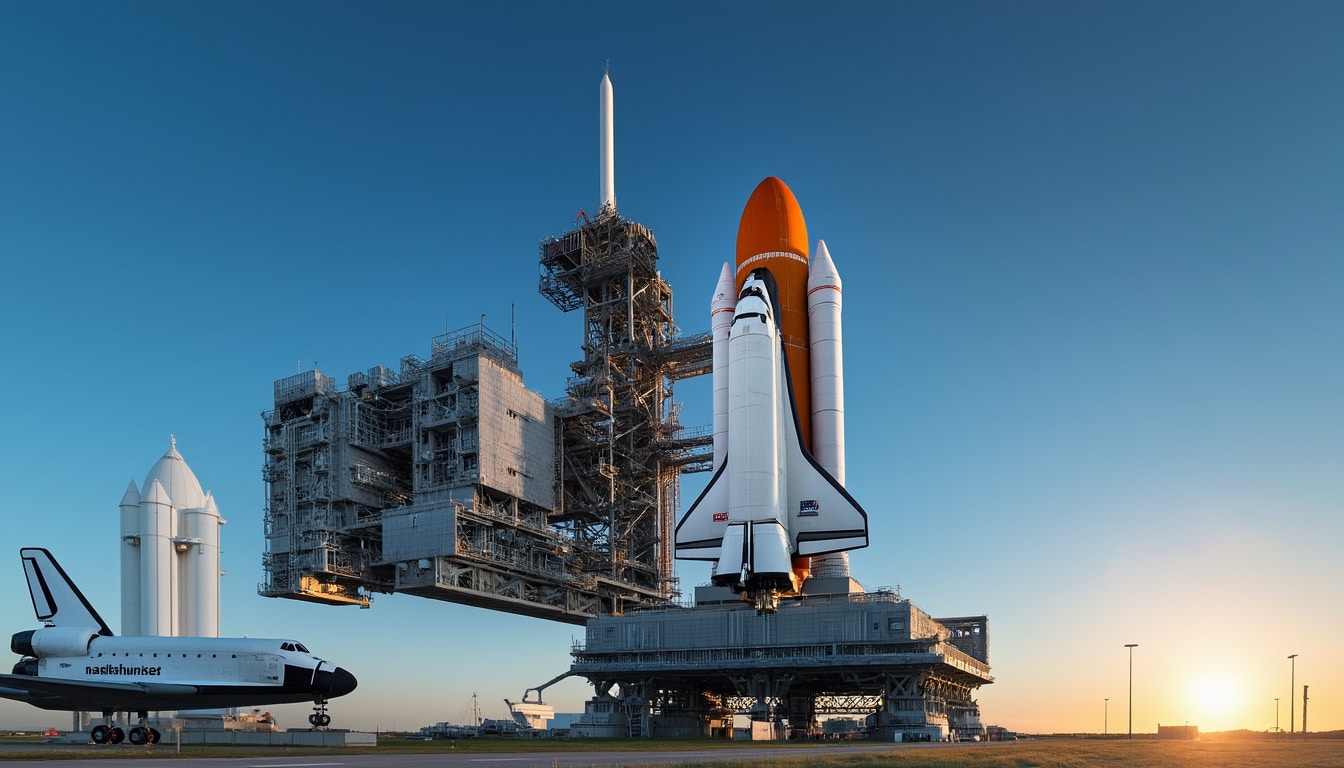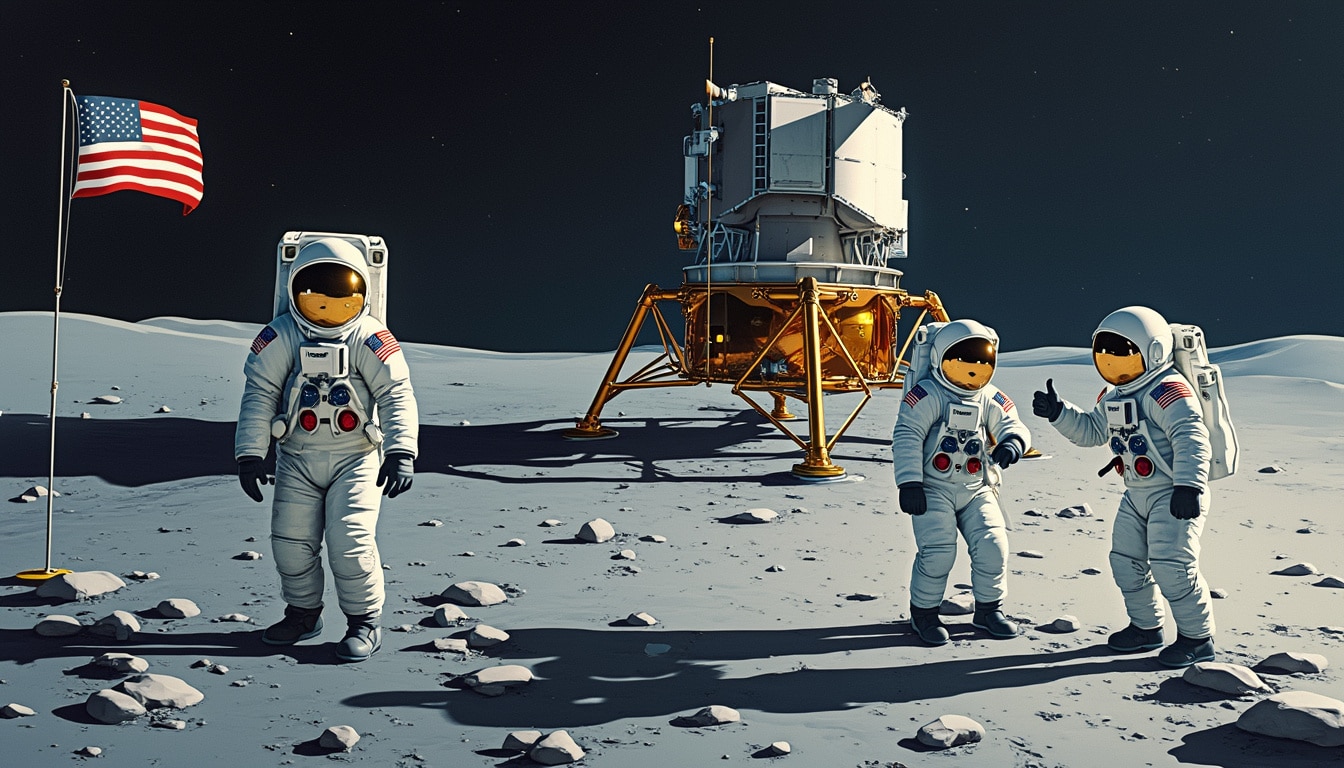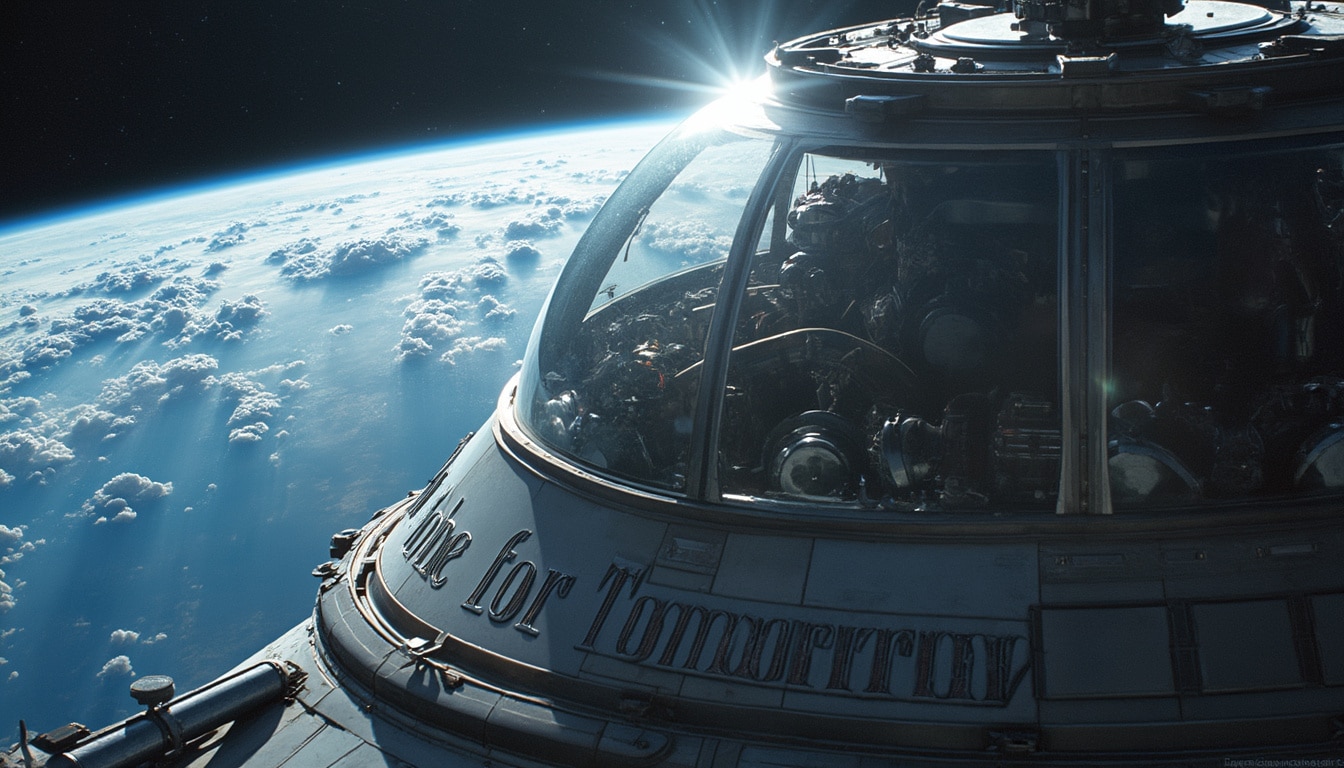NASA’s ongoing journey into the cosmos has encountered an intriguing twist with the arrival of the unofficial Department of Government Efficiency (DOGE) at one of its key facilities. This unexpected visit has sparked the interest of both the media and space enthusiasts alike. DOGE’s mission is set to evaluate NASA’s contracts, a move that coincides with significant changes within the agency’s operational protocols. Amidst the backdrop of the space agency’s ambitious exploration plans, the ramifications of DOGE’s evaluations could be far-reaching and transformative, underscoring the intricate relationship between emerging governmental initiatives and established space research bodies.
The Arrival of DOGE: What it Means for NASA
The onset of DOGE’s review activities at NASA signifies a major shift in the agency’s spending oversight mechanisms. With the backing of Elon Musk, who leads DOGE and also heads SpaceX, the scope of these evaluations raises questions about potential conflicts of interest and the future trajectory of NASA’s contracts. There is an air of uncertainty as employees await clarity on which contracts will undergo scrutiny and how these evaluations may affect ongoing and future projects.

The Role of DOGE in Current Administrative Changes
The announcement of DOGE’s involvement coincides with NASA’s internal restructuring and workforce optimization efforts initiated by recent executive orders. Employees have expressed concerns over these developments, particularly as they relate to the potential for large-scale reductions in force. As the administration navigates legal and operational requirements, the impact of DOGE’s evaluations will be closely monitored.
Janet Petro, acting administrator of NASA, communicated to staff that DOGE would review existing contracts. This type of analytical review could unveil inefficiencies within NASA’s financial dealings, prompting a reevaluation of budget allocations and resource distribution. SpaceX and other contractors that rely on NASA for various projects will also be affected by these potential changes, especially given that SpaceX holds significant contracts worth over $15 billion.
Evaluating NASA’s Partnerships: Implications and Challenges
The ripple effects of DOGE’s contract evaluations extend beyond NASA and into the larger realm of public-private partnerships in space exploration. As one of NASA’s key contractors, SpaceX’s close relationship with DOGE injects an additional layer of complexity into these evaluations. The intersection of Musk’s multiple roles as CEO of SpaceX and head of DOGE underlines the potential for conflict. Observers of the space program anticipate changes not just in contractual obligations, but in how NASA engages with private entities.
These assessments could redefine how NASA approaches future collaborations, as they will likely emphasize more stringent oversight and greater accountability. The findings from these evaluations may pave the way for improved operational efficiency and adaptability in project management, allowing for more transparent and accountable governance of public funds.
Impacts on Future Missions and NASA’s Outlook

The implications of DOGE’s contract evaluations on NASA’s future missions, including the Artemis program, cannot be overstated. As the agency strives to return humans to the Moon and beyond, the internal efficiency that DOGE aims to promote could enhance the feasibility of these ambitious endeavors.
Effective financial oversight is critical for ensuring that funds are allocated accurately and effectively to support mission objectives. Given SpaceX’s primary role in lunar missions, the scrutiny of its operations could either bolster confidence in shared capabilities or foster tensions within the industry over financial transparency.
Navigating Space Exploration and Federal Regulations
In the changing landscape of space exploration, understanding the balance between innovation and regulation has become vital. As DOGE begins its review, there is anticipation surrounding how these findings will affect regulations guiding partnerships between government and private sectors in space.
A noteworthy aspect of this landscape is the deferred resignation program initiated by NASA, which hints at a broader shift in how the agency operates. With employees facing potential reductions and a push for in-person work settings, the fundamental culture of NASA may also come under review.
The integration of rigorous financial auditing and regulatory compliance by DOGE may enhance the agency’s overall effectiveness, allowing NASA to remain a leader in global space initiatives. Their independence in evaluating contracts represents a step towards greater accountability and less bureaucratic obstruction in pursuing ambitious projects.
Potential Conflicts of Interest

The dual role of Elon Musk as both the head of DOGE and the CEO of SpaceX raises questions about potential conflicts of interest. These concerns are not just theoretical; they are grounded in the unique dynamics of a rapidly evolving sector. As Musk leads efforts to revamp governmental reviews of federal contracts, an objective balance of oversight will be essential for preserving the integrity of NASA’s operations.
Observing the interface between private sector motivations and public service obligations will be vital as DOGE’s evaluations unfold. There are numerous stakeholders, each holding vested interests in the outcomes of these reviews, creating an often-complicated landscape that warrants close attention.
Maintaining Integrity in Space Contracts
The integrity of NASA’s contracting processes bears significant importance for both public trust and the agency’s operational success. It is essential that financial assessments conducted by DOGE are transparent and impartial to promote trust among employees, contractors, and the public. Building a collaborative environment where efficiency is prioritized while maintaining ethical standards in financial dealings is crucial during this transitional period.
The awareness of potential conflicts will push both DOGE and NASA to adopt more rigorous internal protocols to ensure accountability in their contracting processes, fostering a culture that values responsibility and transparency. In this dynamic landscape, the collaboration between NASA and DOGE represents an opportunity for transformation.
Future of NASA Amid Contractual Evaluations

As NASA prepares for the upcoming evaluations by DOGE, the agency’s ability to adapt and respond to findings will determine its trajectory. The emphasis on efficiency and accountability will directly shape NASA’s operational framework in the future, steering it towards enhanced collaboration and partnerships within the space sector.
The central goal is to uphold NASA’s vision to lead in space exploration while ensuring that it maintains integrity and trust among all stakeholders. As we witness these dynamic changes unfold, the outcomes will not only influence NASA’s future but also impact how other space agencies and private entities approach their operations.
Shaping the Landscape of Space Exploration
The potential ramifications of DOGE’s reviews extend to shaping broader negotiations within space exploration sectors worldwide. As NASA reassesses its operational strategies, this could influence how contracts are structured globally, encouraging a greater commitment to financial transparency that aligns with international standards.
In a sector as competitive and rapidly evolving as space exploration, maintaining clear policies regarding contract evaluations and outsourcing partnerships will be increasingly critical. NASA’s progressive adaptations will serve not only its mission objectives but also set a benchmark for the entire industry.




Leave a Reply